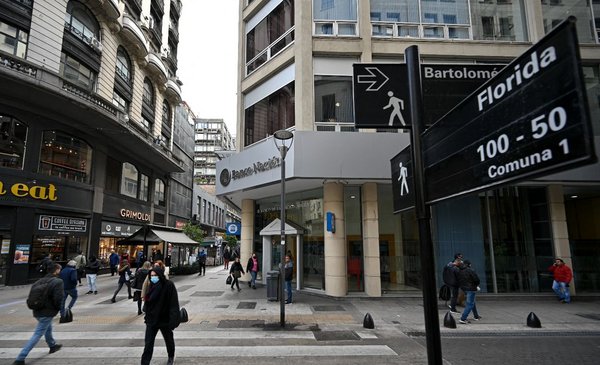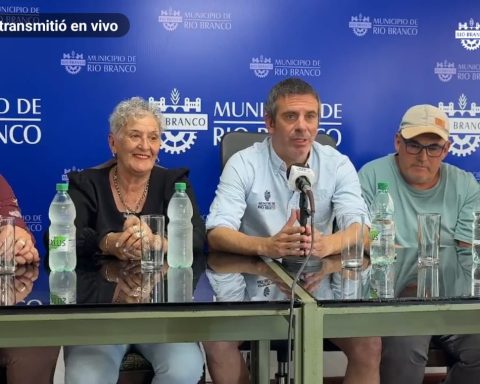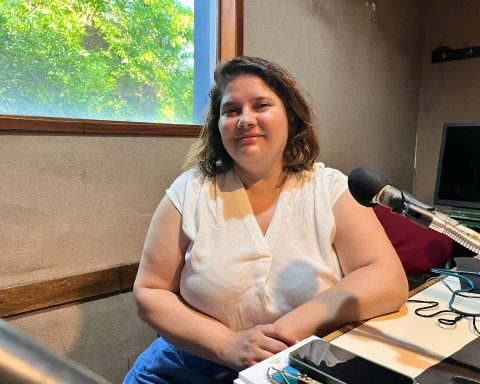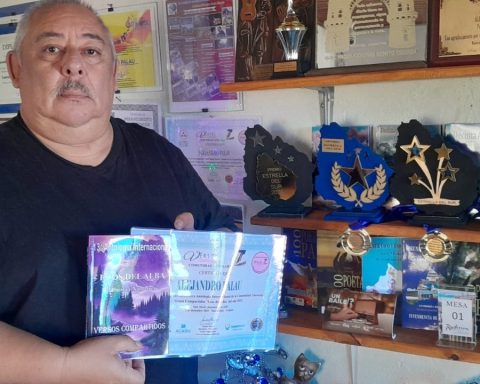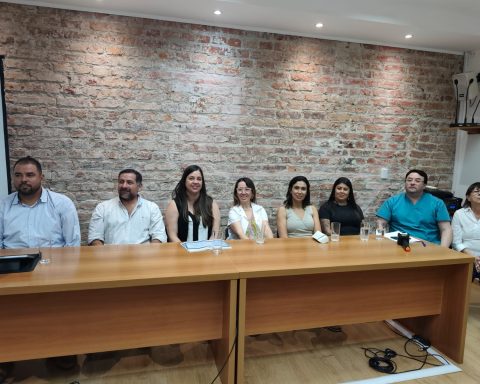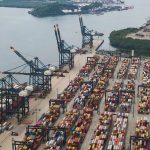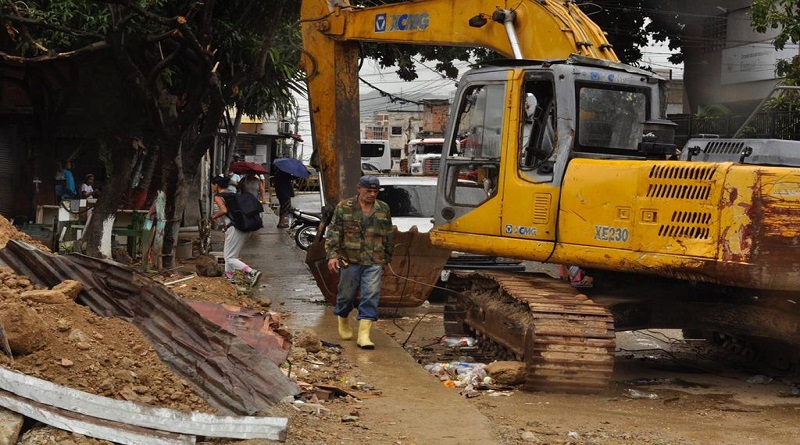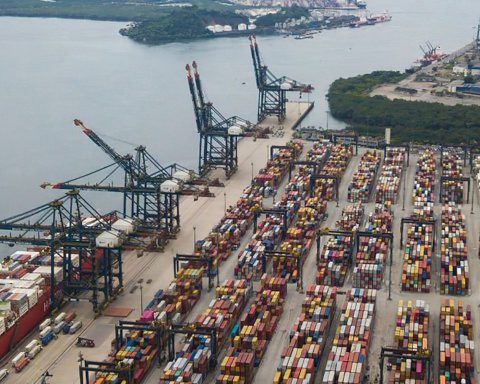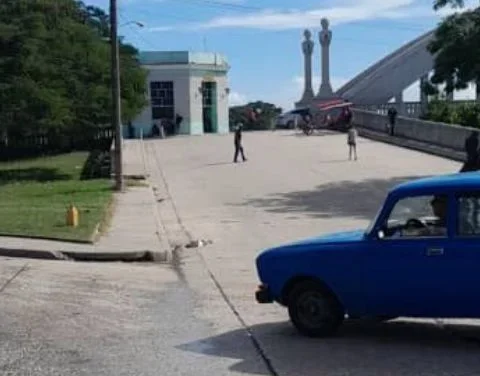The blue dollar rose this Thursday in Argentina and was trading at 280 Argentine pesos for purchase and 283 for sale. In this way, the parallel dollar opened with a rise of 2 units in the morning operations after the rise in the tourist dollar was reported last night.
The Argentine government announced on Wednesday an increase of 10 percentage points in withholding taxes on income and personal property for foreign currency consumption for travel and expenses abroad. It will go from 35% to 45%, so the tourist dollar will now cost 236 pesos.
On the other hand, in Uruguay, the dollar rose this midday to $41.97 in the average of the interbank market, according to data from Bevsa. The currency had advanced 0.17% in trading on Wednesday.
On the Bank’s board (BROU), the dollar was offered at $40.75 for purchase and $42.95 for sale.
The region and the world
In Brazil, the dollar rose 0.78% to 5.43 reais per unit. And globally, the greenback rose to levels not seen in decades against the euro and other currencies, fueled by the prospect of a strengthened monetary policy in the United States to curb inflation.
The greenback rose 0.99% to $0.9961 per euro, a record since late 2002, when markets were still wondering about the future of the single currency, in circulation since the beginning of that year.
The dollar also hit significant levels against other major currencies, with the yen hitting 139.39 yen to a dollar, a threshold not seen since the 1998 economic crisis.
“Dollar soars as markets bet on higher Fed rate hikes,” says City Index analyst Fiona Cincotta.
The Fed seeks to contain inflation in the United States, which reached 9.1% in June in one year, a record since November 1981.
(With information from El Cronista and AFP)
